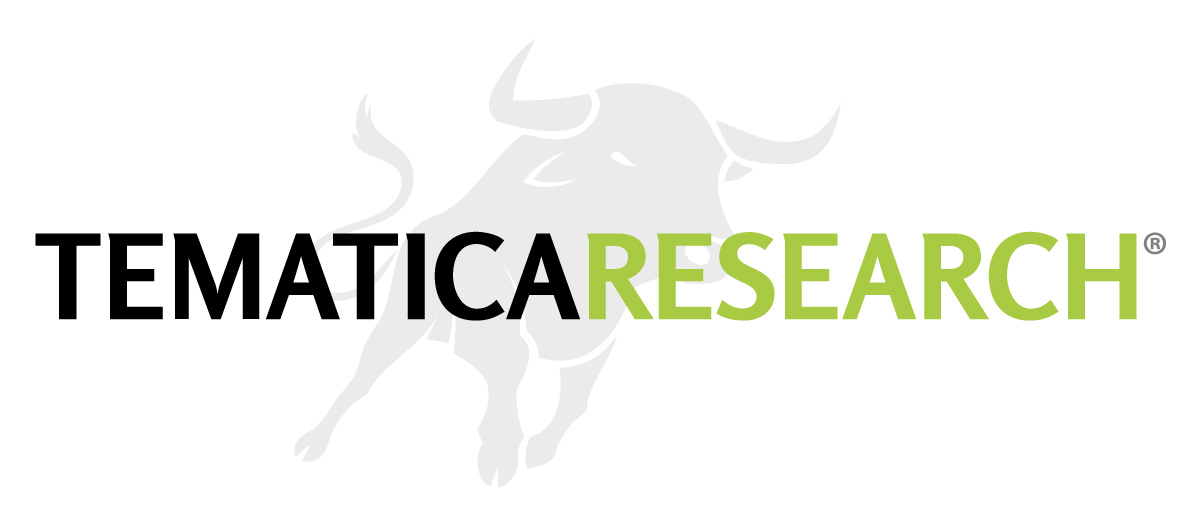Netflix racks up $20B in debt as it knows Content is King
You’ve got to spend money to make money. That appears to be the mantra over at Netflix, where the DVD-by-mail service turned mega-streaming outlet has racked up nearly $20 billion in debt expanding its platform to new areas, producing original content, and buying the rights to show other company’s movies and TV shows.The Los Angeles Times recently took a look behind Netflix’s financial curtain, detailing how the streaming service has changed over the years and how its transformation has added to the company’s debt load.From investing tens of millions of dollars in new original programing to spending billions of dollars to enter new markets in Asia, Netflix doesn’t appear to be worried about its spending habits.The L.A. Times offers a more granular look at Netflix’s spending spree in recent years, but here are a few things we found interesting.
Read Full Article: Is A Content Bubble Responsible For Netflix’s $20B In Debt? – Consumerist
It’s not a closely guarded secret at all that consumers will migrate to venues that offer content they find compelling — be it at the theater, on the radio, TV or increasingly through streaming and mobile services. The notion of “must see” programming dates back decades, with the companies creating the content as well as those making it available benefitting along the way. Branded content that has been the backbone of movies, TV, music, games and even sports have become tent poles that drive cross-selling opportunities across various businesses.
As streaming services such as Netflix become more and more ubiquitous, we are seeing new players enter the content creation arena as a means to differentiate itself from the competition. This move by companies such as Netflix, Hulu and Amazon is disrupting the playing field not just within streaming services, but on other platforms as well, as some are winning awards and accolades at the expense of the entrenched players.
None of this comes cheap, however. Great content costs great money, and in a global Connected Society that content investment must appeal to consumers in various age groups and across the globe. In short, we are now seeing the creative destruction unleashed by the internet of newspapers, magazines, books and other publishers reach how, where and when people consume all forms of content on screens of all shapes and sizes in a variety of locations.




